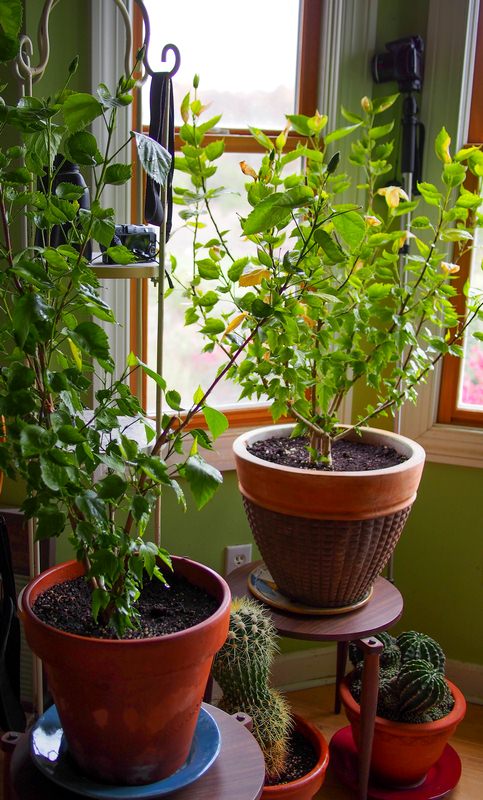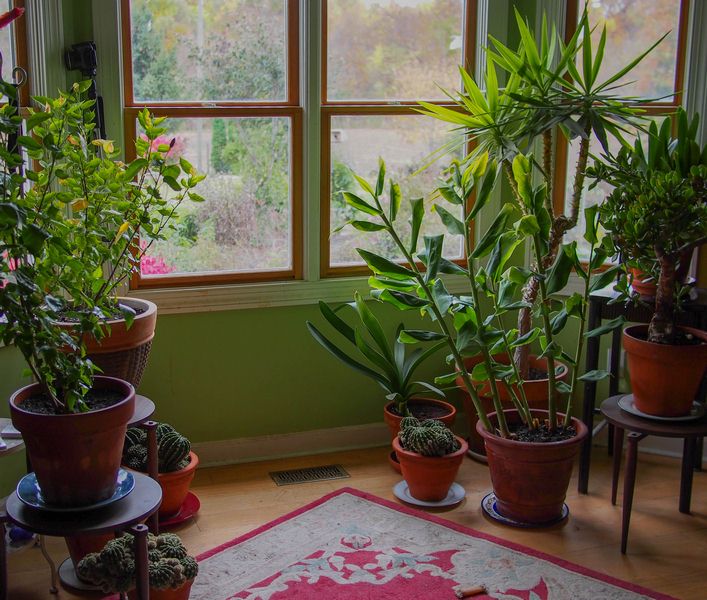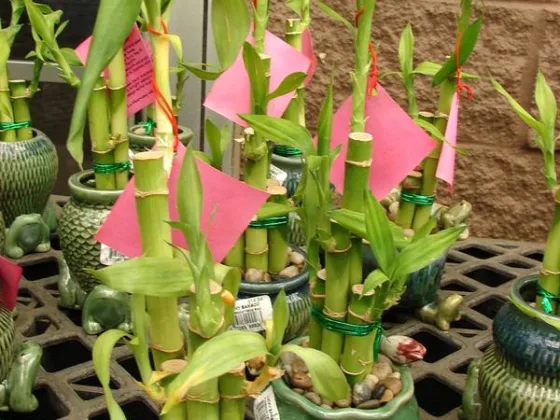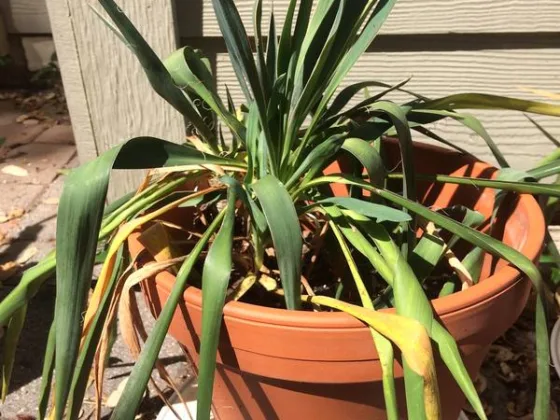This is an article for anyone who has houseplants and would like tips on keeping them growing strong and healthy.
Houseplants are wonderful to have. They are good for both putting oxygen into the air and also as décor. Houseplants of any variety look great hanging and also sitting on a shelf, counter, or windowsill. The different shades of green compliment your homes look. They add a peaceful feeling to any room. Plants make us feel good when we look at them or are positioned close to them.

There are so very many varieties of houseplants available that I could never list them all. From the Spider Plant to your delicate, creeping vines there are many to choose from. The first thing to do to keep your plants healthy is to buy them healthy.
When you are choosing your houseplants make sure to choose ones that appear cared for, and healthy. Avoid any with damaged or wilting leaves. Also, avoid plants with discoloration of the leaves or the stems.
How to Keep Your Houseplants Alive and Healthy
Once you’ve purchased your houseplants you’ll want to keep them healthy and enjoy them for as long as possible. It starts on day one. As soon as you get them home do a little research on the specific type of plant.
Each and every plant has its own unique needs. Some grow best in the shade, others in the direct sunlight. Some like sandy soil, others will die in it. Research the types of plants you own either online, at the library, or by getting a plant book.
In general, plants all require the same things. They are potted. They need soil. And they need water. Also, they need sunlight. Although the amounts may vary it is still all the same.
Read Also:
Potted
Let’s start with the flower pot. Your plant will grow quickly and as it does it will outgrow the pot that it is potted in. Flower pots are available at just about every department or household supply store. They come decorative and are always affordably priced.
Chances are that your plant will benefit from being transplanted the very first day you own it. Choose a pot two inches bigger than the one it’s currently in. Then, as the plant grows to transplant it into another pot, two inches bigger than the last.
Soil
Next is the soil. All plants need soil no matter what type of soil it may be. Over time soil loses the minerals and vitamins it once contained. Each time you transplant it is a good idea to also add in new soil. Simply fill the new flower pot with fresh soil and insert the plant. Keeping the fresh soil in your flowerpot will ensure that your plant is getting the nutrients it needs from the soil it’s in. Plants rely on good soil.
Water
On to water. All plants need water. Forgetting to water your plants can be the end of them. On the other hand, so can overwatering. Set up a watering routine. Stick to it. When plants are given a specific amount of water on a routine they are never without, and they do not risk drying up, wilting or worse, dying.
Sunlight
Sunshine is the life source of plants. All plants need sunlight to survive and remain healthy. If your plant is on a shelf where there are no windows nearby it will not be getting enough sunlight and will not be as healthy as it could be. Windowsills are a great spot for plants. Beware of cold drafts in the winter time though as they can kill your plants.
Artificial lights can be used during the winter months, but natural sunlight is always best. Plants will grow towards the sunlight. Remember to turn them every other day or so to prevent them from growing lopsided.

Plants are great to have. They are beautiful, natural decorative items that also provide oxygen to the air. To keep your plants healthy make sure they are in a pot large enough for their roots to grow, that they have fresh soil, water, and sunlight. Research the specific varieties of plants you have to find their exact needs. Thanks for reading and take care!










